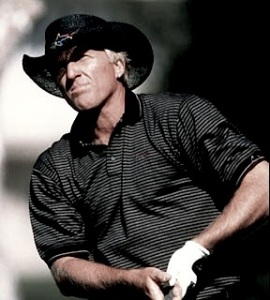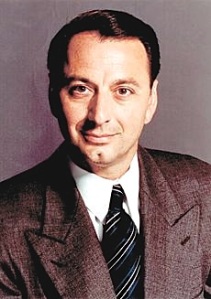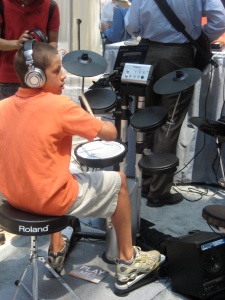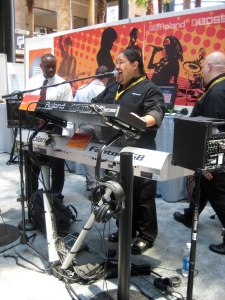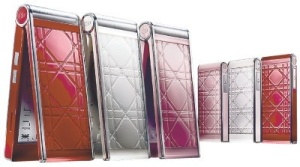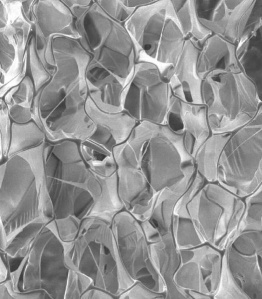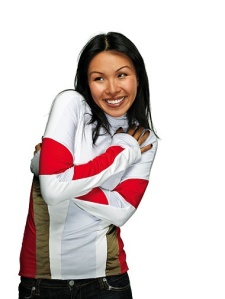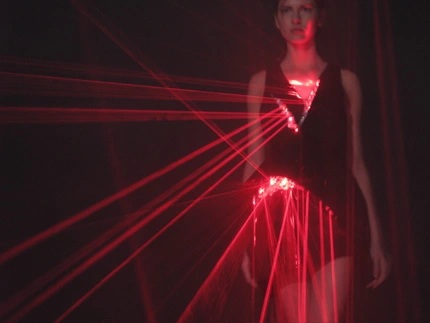
“I’m not a fashion person or an art person. I’m an ideas person.” That is the most succinct description Hussein Chalayan can offer to a world of outsiders looking at his creations. The British Designer of the year for 1999 and 2000 has a new exhibit at the Design Museum in London. True to form, his clothing is arguably art. Dresses made from LED screens, futuristic silhouettes, it is all very inspiring perhaps, but who will buy it and wear it? The avant garde designer makes no attempt to choose between art and fashion and that is evident in his creations.
As a Central Saint Martins senior he buried his collection of silk clothing in the earth to see how it would decay. Clearly, Chalayan is an idea person. It does not seem he is designing practical clothing for people to actually wear despite his admission that he hates it when people say they are inspired by his collections. He wants people to buy.

In his 2000 Sadler Wells show Chalayan’s models stepped into what looked like coffee tables and then pulled them up over themselves and they were garments. In his current collection the His Before Minus Now dress is programmed to change shape by a remote and is made of aircraft materials, there is a dress made of over 15,000 LED lights and one that shines lasers. Hard to believe Chalayan also works for Puma, but he seems to criss cross barriers in fashion and art effortlessly.
Seemingly excessive in ideas and unusual materials, yet fascinating, Chalayan’s last 15 years of work can be seen at the Design Museum in London until April 24th.
– GANDRUD








